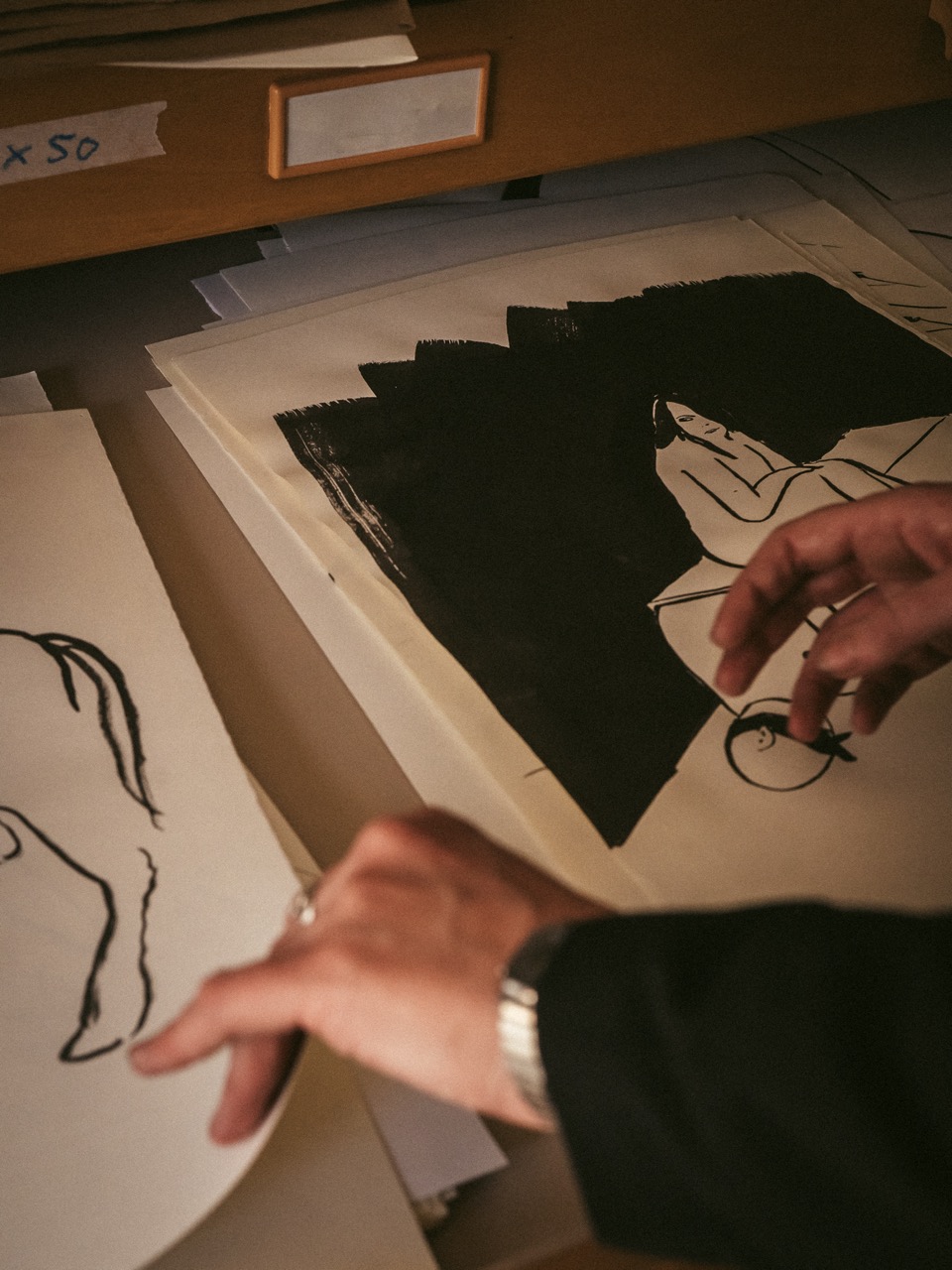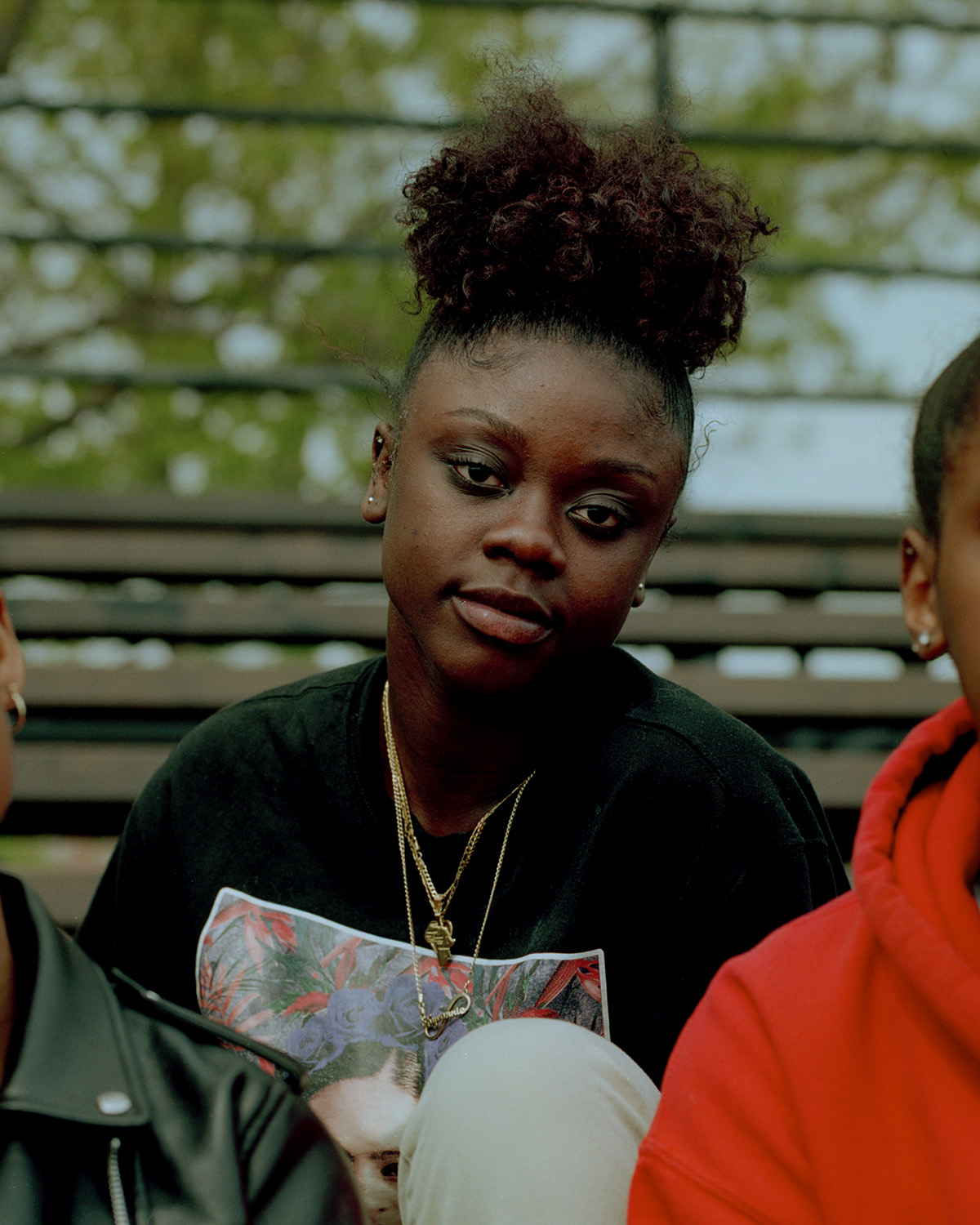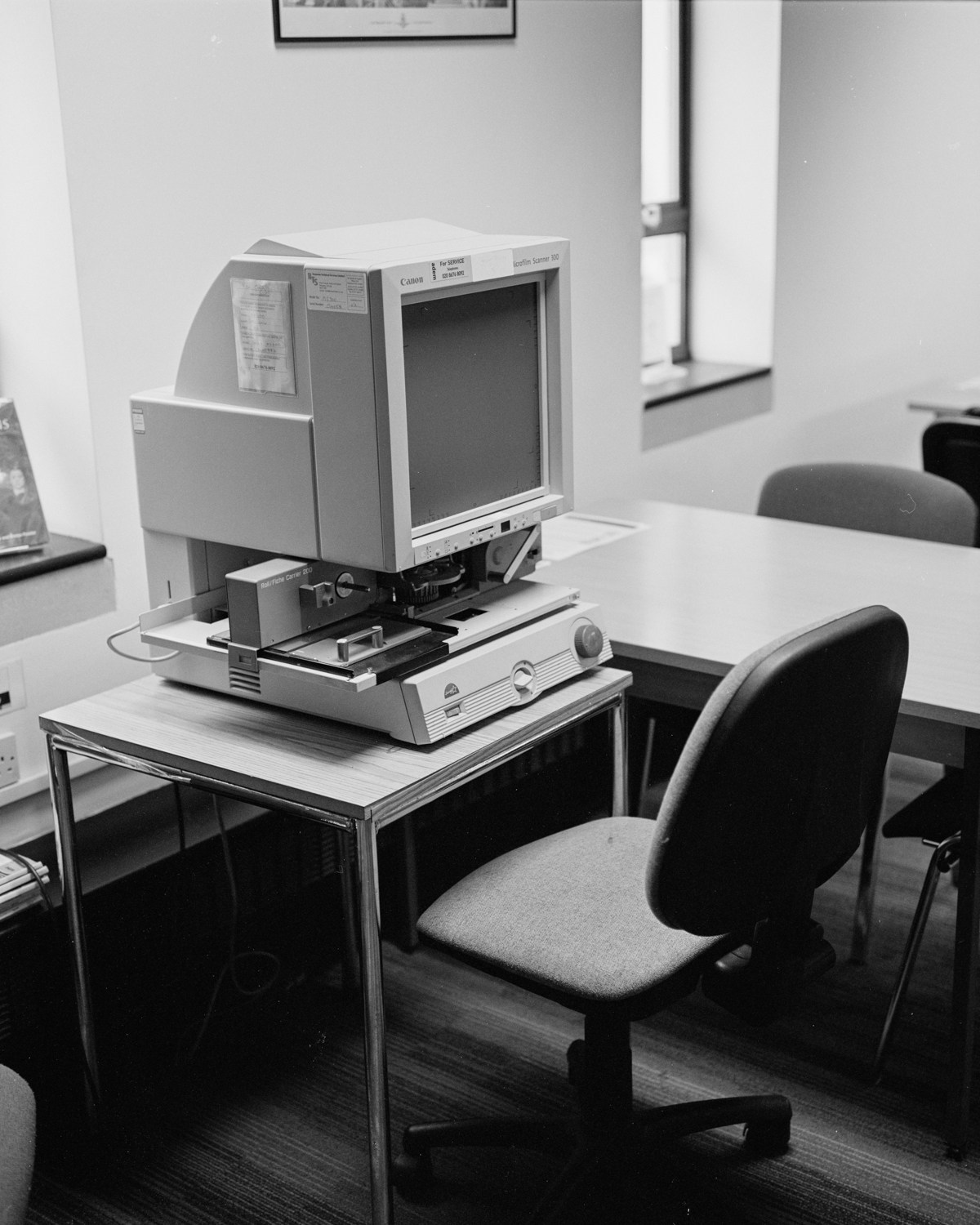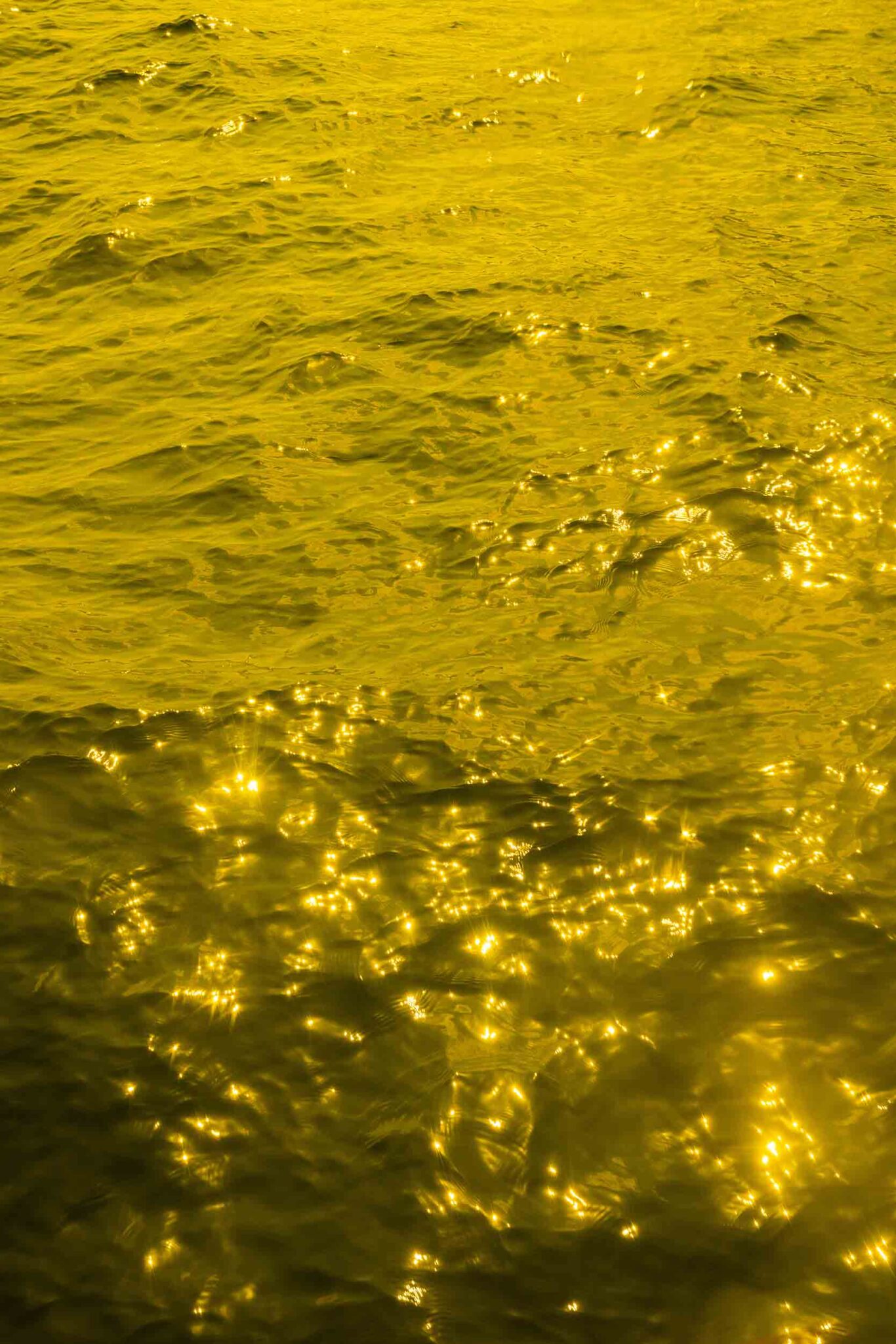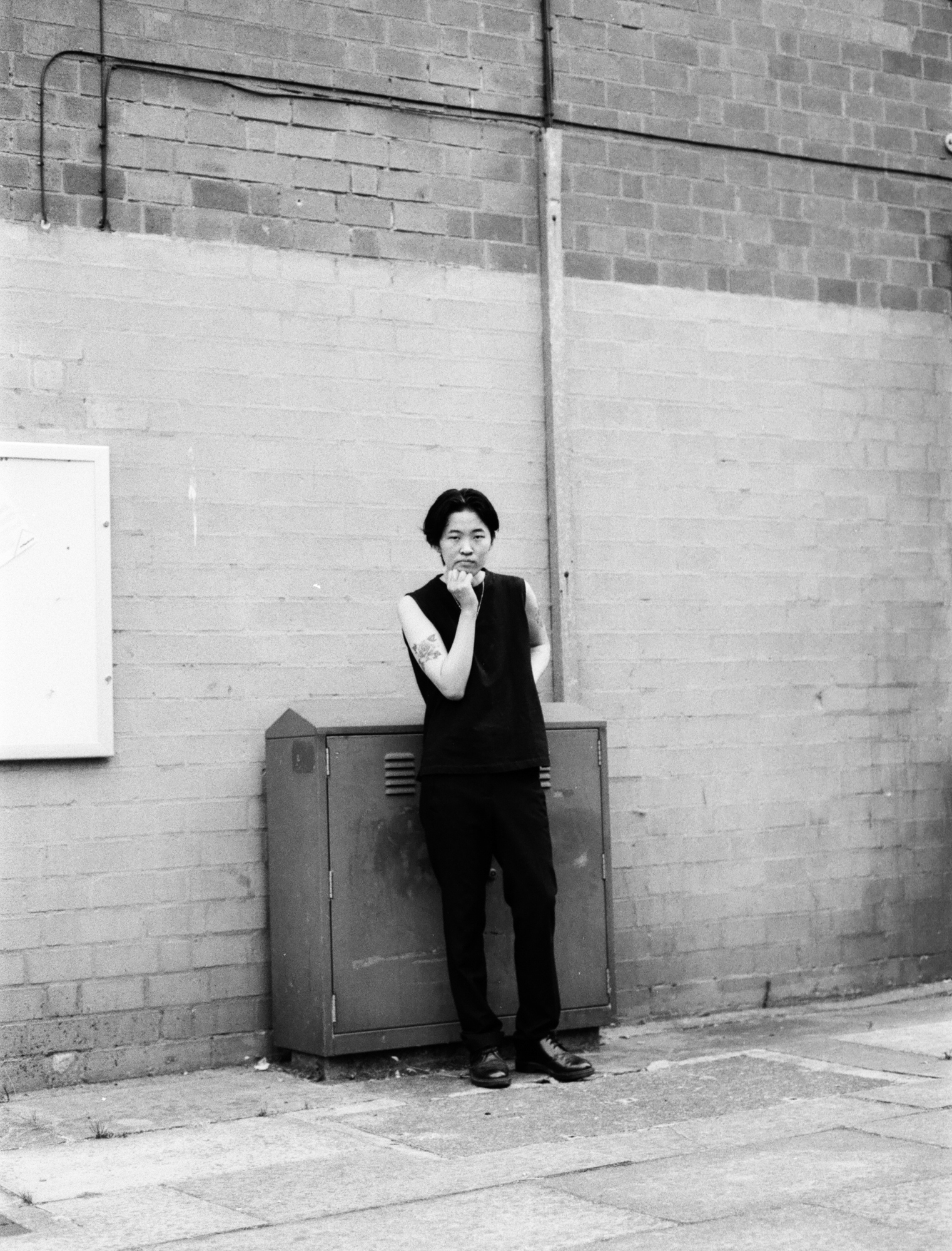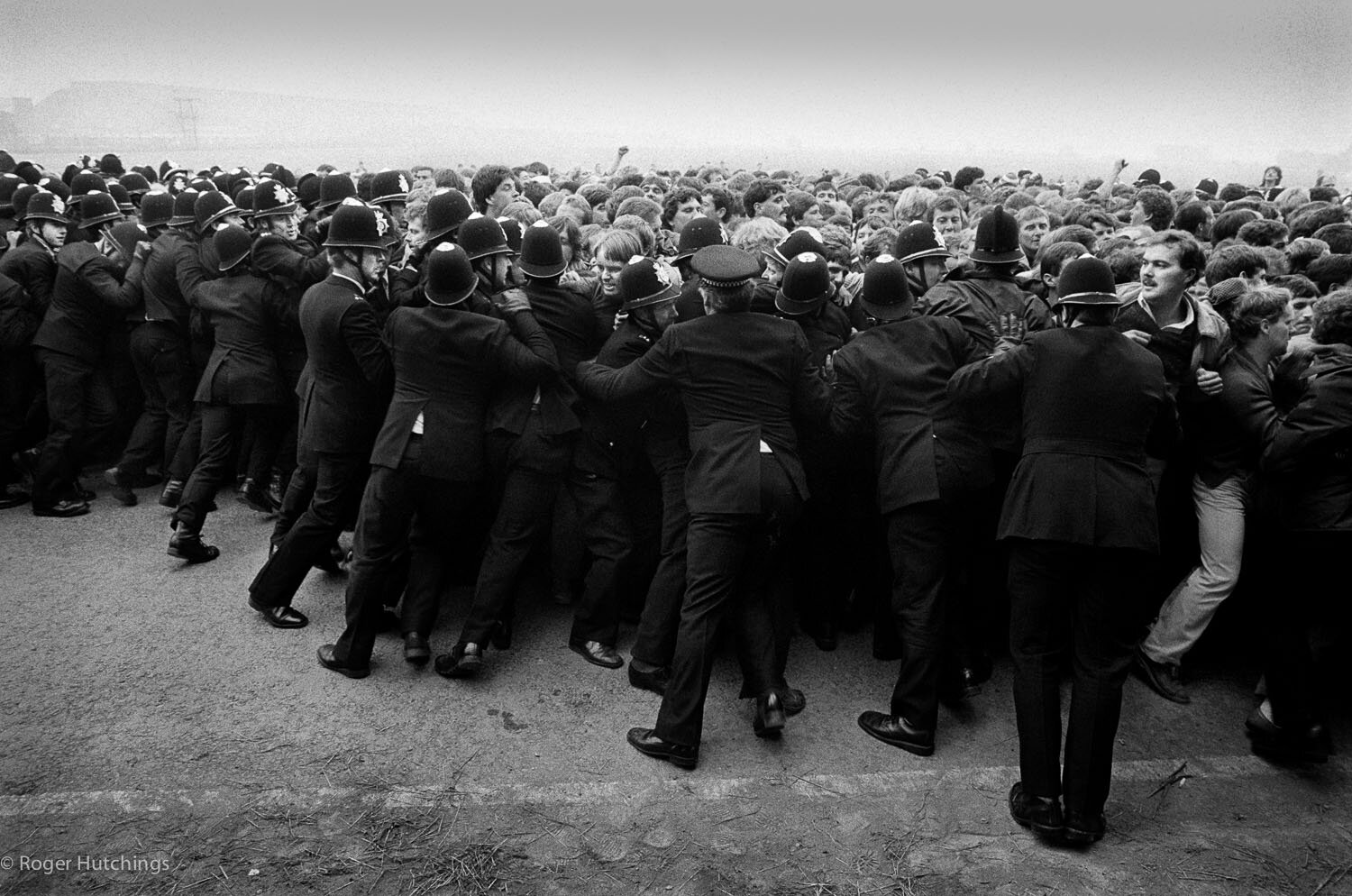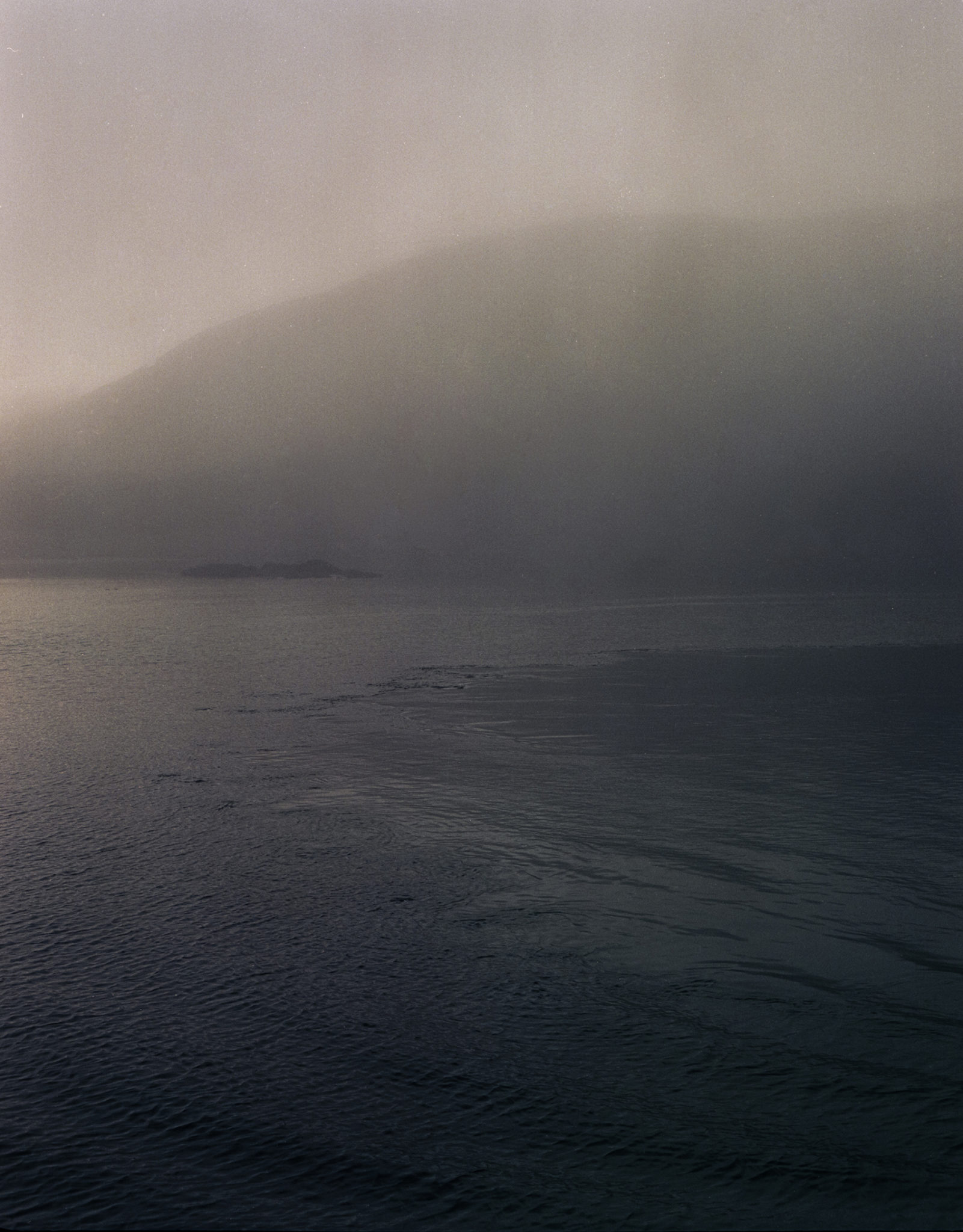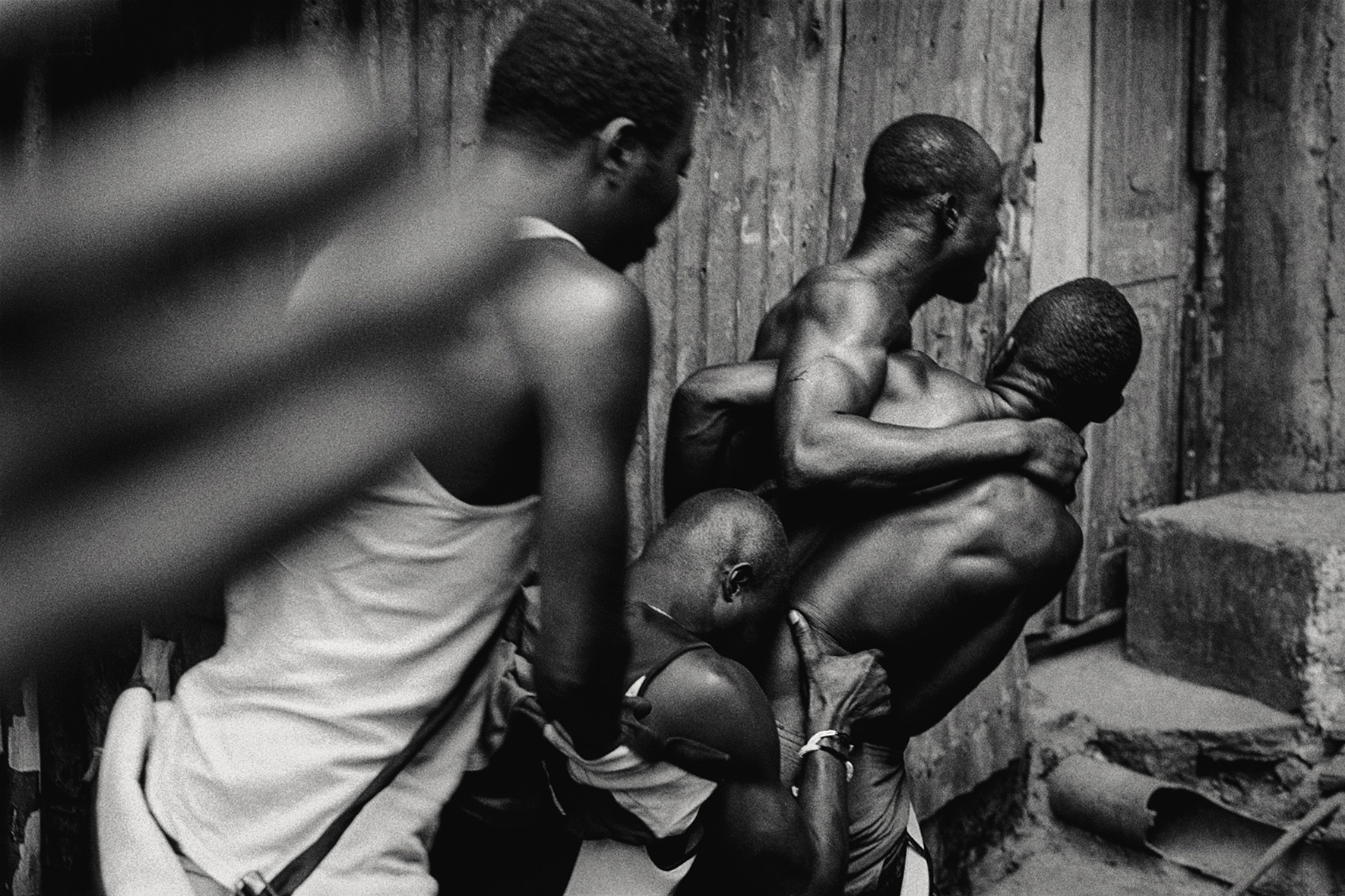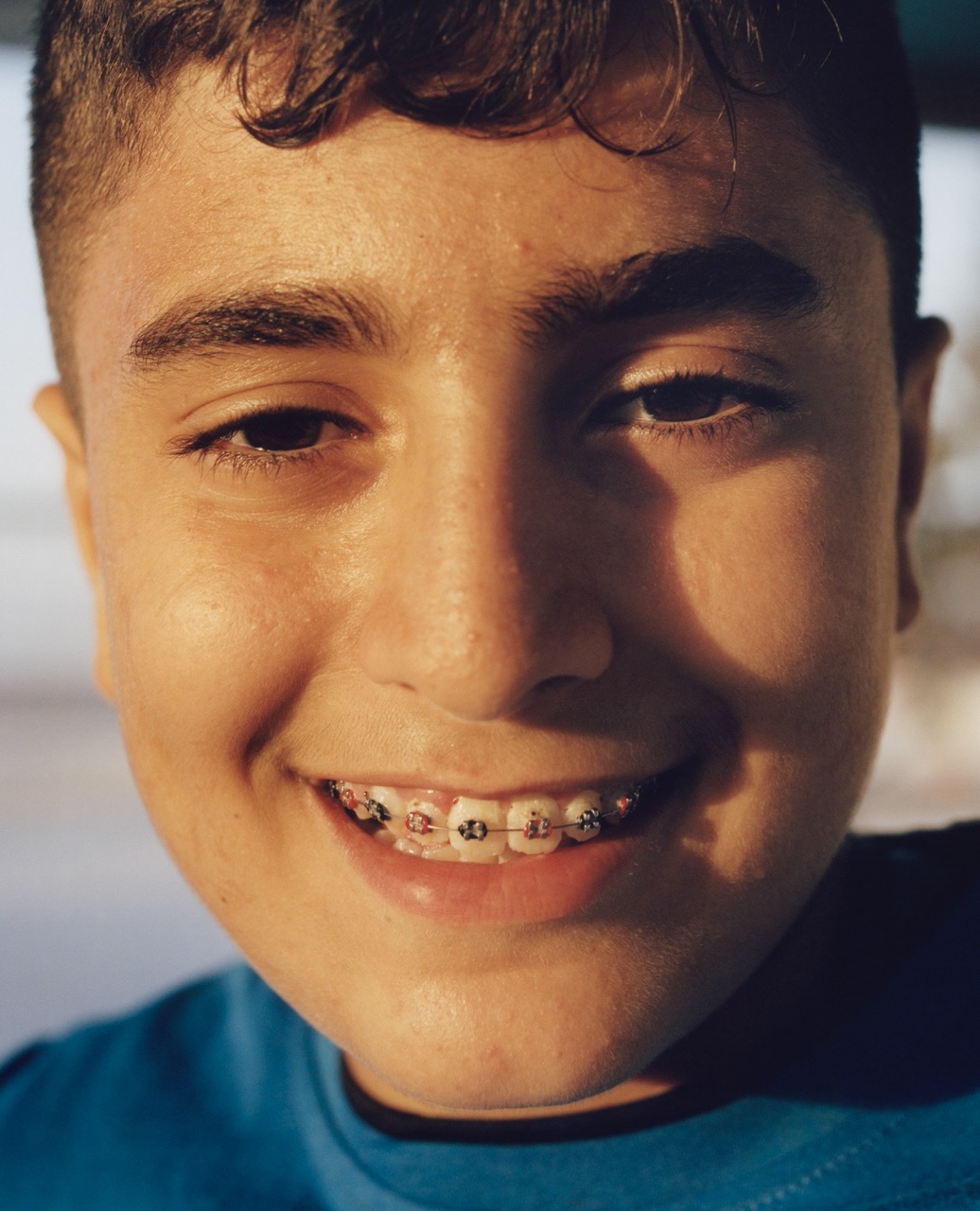Sinéad Spelman is an Irish-born artist now based in Barcelona, whose work explores the intricate connection between the human body and its environment
Influenced by her surroundings and personal experiences, her artwork depicts figures, often portrayed as incomplete or amputated. Encompassing drawing, writing and sculpture, Spelman’s work prompts viewers to reflect on the broader significance of existence, encouraging a deeper understanding of the interplay between the body and the world we inhabit.

Can you tell us about your artistic journey and how you became interested in creating art that focuses on the dialectics of the body?
Well, Although art was offered as a subject in my school I didn't think I was good enough to choose it, I thought my work always looked dirty and messy and I don't remember any teachers encouraging me much. So I studied English literature. I don't think it matters much which art form you study, as long as it's stimulating.
I was most taken by Flann O'Brien's Third Policeman where the policeman's 2 dimensional cardboard bodies are fused with the particles of their bicycles, and Beckett's work in general where the body is equally prone to metamorphosis and is the expression of psychological states. I was drawn to literature that contained an implausible aesthetic within it.

Having seen works by artists such as William Kentridge, I decided to try animation, which I was particularly bad at, but I really enjoyed the life drawing classes. I was 30 when I moved to Barcelona and it was here, for some reason I started drawing on a regular basis. It came naturally to me to draw my relationship to the world through the human figure, It seems the most universal way to express the most personal and the most personal way to express the universal. After all, this body we carry with us has been the same for millennia, with minor evolutionary changes like shedding most of our hair, but while all around us has changed it is through this specific arrangement of organs and bones that we have been perceiving the world.
How do you think your work challenges traditional ideas about physical integrity and identity?
I like to think of the body as a raw material, one that can express certain states of mind, and one that can affect and is sensitive to its environment. The core of this body is where the organs are contained, the centre is the stomach; the digestive system, where we feel emotions, It's this universal core that interests me regardless of identity. Hands feature a lot too, showing agency through touch. This basic premise is regardless of identity, but ultimately I find I am most probably drawing myself and other bodies around me. Of course, I am drawing my reaction to the world around me, the collapse, the violence and the pain, of which certain identities have carried more of the burden. I want to draw these things because I think we can find reconciliation through art.
You were born in Dublin, but now live and work in Barcelona. Has your environment influenced your art and your creative process?
Moving to Spain completely impulsed my work, there is a freedom that comes with being completely uprooted.
I arrived without knowing the language, so I suppose I replaced one type of expression with another. I found the conditions to be more favourable to visual perception, there's no horizontal rain forcing you back into your monologue with the ground, and looking up I found a very sensual cityscape, peppered with naked statues and bare skin. And I remember I was reading a lot less also, it just seemed to happen that way, I suppose you're taking everything in when you're in a new place. There's something about the consideration of beauty here, it's accepted, I don't mean in terms of a canon, but as something that results from love and intensity, irrelevant of subject matter, media or the cultural background of the artist, beauty transcends everything, it is not contested. It's different at home, but it's a complicated thing to untangle. When I arrived, the people around me were encouraging so I was lucky there, and I was offered an exhibition pretty soon in Galeria Alegria. I then went on to work with EtHall Gallery who has represented me since.


Can you walk us through your creative process, from the initial concept to the finished piece? How do you approach choosing the medium, materials, and surface to draw on?
It starts with walking, carrying the body out there in the world. Nowhere special, on the way nowhere special through industrial estates. Walking awakens a sensibility that manifests in sensations that seem to be accompanied by images, and so I grasp at them, but they are quite vague. Before, I would draw in bars with a pen and a notebook but now since I have a studio I've been using Indian ink. It's not better or worse but it can do a longer line in one stroke so now the drawings are bigger. That's the most important thing, that the line can be as continuous as possible and that's why the surface has to be quite smooth. It's true though that if it's too smooth the line moves too fast and it's just out of reach of my ability to direct it. Because the decision about the line is made with the line, it has to be simultaneous. It's not just free drawing, every gesture is a decision, but it's so fast that there's no time to completely dominate the material, if you know what I mean.

Your studio is located in a space with other artists and a gallery with changing exhibitions. How does being part of this creative community impact your practice and your approach to your work? Do you find inspiration from your surroundings and the other artists in the space?
We're really blessed to have this space. We set it up together and each of us has a decent size studio, and unlike a lot of shared spaces the walls are floor-to-ceiling so you can isolate yourself well if that's what you want but I really like to have activity and noise around. It's lovely to share what you're doing and have people come and go leaving their mark on your process. There are 7 of us here. We have long dinners together and some of us sleep here. Patricia Maeser plays Indian ragas on the violin and there's no sound more beautiful to work to. We have an exhibition space called Halfhouse here which I set up with Alberto Peral almost 15 years ago. So there's a constant stream of artists and that's very enriching. Unfortunately, there's a plan to knock our building down, for some road or new buildings or something. Until then we'll make the most of it.

What are the most important elements that make a good workspace for you?
I think it's as hard to know what a good space is as it is to know how to be in the right mental space to do art. Sometimes it's been the most dark unattractive places that have produced a good drawing. It's being able to zone out I suppose, so background noise is nice but a one-way telephone conversation I find quite distracting! Space is nice, it allows you to do more things, but if you don't have space you adapt, so it's not essential. The same with light. When I used to draw in bars I'd find certain neighbourhoods were completely incompatible with making art, like Sarria for example, one of the richest areas of the city, the tone and pace of conversations is very regulated, everything is very measured. They are areas separated from the rest of the city where they are quite proud of the peace and quiet but it's really very loud to me, the volume of this self-content, and quiet distracting the absolute lack of friction. So it's noise, that's the only determining factor in making a place conducive to art, but as John Cage says, you should make work out of the unappealing noises around you, and that makes them sound more agreeable.
What's next for you as an artist? Are there any upcoming projects or exhibitions that you're excited about?
At the moment I'm exhibiting in Okela in Bilbao, which is a former Butcher shop so it's a really nice space to have work. In September I'll be in a show by Blue Project which will be in Galeria Estrany de la Mota and another space in Poble Nou. And this year I've got a grant to do a project at home in Ireland so I'm really happy about that as I've never worked at home. It's yet to be formulated though!

You can find more of Sinéad's work on her website InstagramInstagram
Photography: Josh Bright.
